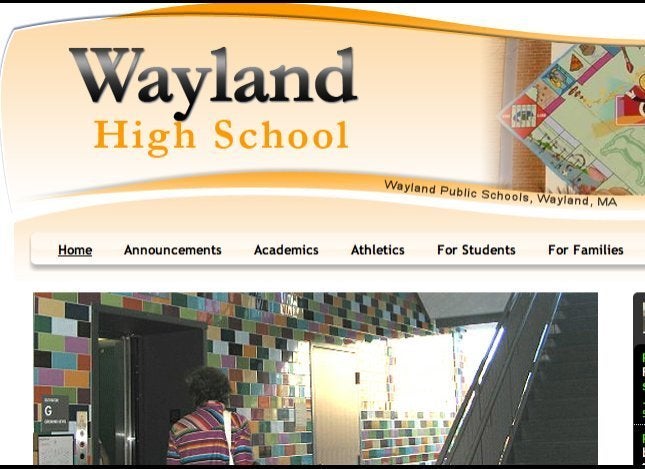American youth appear less interested in pursuing careers in science, technology, engineering and math fields compared to students of other countries as the country faces a potential shortfall in quality STEM workers in coming years.
But fighting the STEM shortage, as well as an achievement gap among minorities and low-income students, is the McKinley Technology High School in Washington, D.C. PBS NewsHour visited the public, Title I STEM magnet school, which is situated in a low income area where at least 40 percent of students qualify for free or reduced lunch.
Senior James White is studying to be a civil engineer, at a time when the Department of Commerce expects STEM occupations to grow by 17 percent in the next five years, compared with 9.8 percent for non-STEM positions.
"I like that it's hands on and I like ot help other people," White told NewsHour. "I get to build things we get to use."
While science and math classes are becoming slightly more popular in high schools, but are just pockets of improvement, and the U.S. is already lagging behind countries like South Korea in awarding engineering degrees. More than half of the Ph.Ds awarded by U.S. engineering schools go to non-U.S. citizens, many of whom leave the country within five years.
To add to that, American students perform very poorly on national science tests, results that experts have called "unacceptable." Reports have also shown that American students can plug and chug their science experiments, but can't explain why they got the results that they did.
President Barack Obama has made a call for improving STEM education over the next decade through a number of partnerships and initiatives, and the U.S. Navy announced in June 2011 a plan to invest more than $100 million in science and technology education by 2015. Its aging workforce seeks to bolster a robust generation to replace the 50 percent of its many science and engineering-based workers who will be eligible for retirement by 2020.
A report by the Statistical Research Center at the American Institute of Physics released in July 2011 rankings of how states' primary education systems are preparing students for careers in science and engineering. Massachusetts, Minnesota and New Jersey topped that list.
And at McKinley Technology High, that preparation is robust, particularly for minority and low-income students who lack exposure to STEM education and professions.
"You know, the familiarity to STEM that these programs allow help kids choose careers in collegiate and secondary level that are not traditionally chosen by children of color and women," Washington Teachers Union president Nathan Saunders told NewsHour. "If you look at the annual salaries of STEM, you consistently see they're making very good dollars on an annual basis."
To learn more about how McKinley Technology High School is educating a new generation of students, watch the full PBS NewsHour report above.
